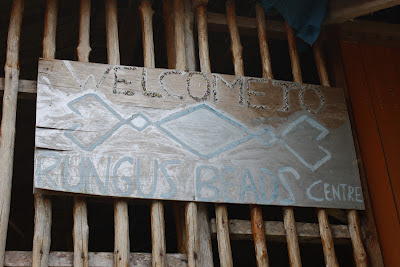 The Genting Strawberry Leisure Farm is one of those attractions that domestic Malaysian tourists go gaga over. Not so much an attraction for those who come from countries having real strawberry farms.
The Genting Strawberry Leisure Farm is one of those attractions that domestic Malaysian tourists go gaga over. Not so much an attraction for those who come from countries having real strawberry farms.
Located in Gohtong Jaya, a small township roughly halfway up the hill to Genting, Gohtong Jaya itself is located at the intersection where the road up the hill from the Karak Highway meets the road from Batang Kali before heading upwards to Genting.
Entrance to the Strawberry Farm is free, their income comes from the sale of strawberries, and other produce such as jam.
Since its free, well why not pay a visit and spend a 15 to 30 minutes of your time here?
As is usual in Malaysia, strawberries are not planted in the ground, but hydroponically in rows and rows of elevated containers. To protect the plants from the driving tropical rain, the containers are usually housed under roofed sheds.
It may not be as visually attractive as strawberries in a field, but there doesn't seem to be any other way to grow the fruit in Malaysia, as this is the method also in the Cameron Highlands.
There is no doubt that it is an effective planting method, from the strawberries growing from the containers. You are allowed to pick the strawberries for yourself, or you can buy pre-packed strawberries from the shop on the premises.
Also planted under covered roofs, the effect of the lavender is still pleasing to the eye.
 There are also other flowers planted on the periphery of the lavender including some beautiful red and white roses.
There are also other flowers planted on the periphery of the lavender including some beautiful red and white roses.
As a backdrop to the roses, you can see the hills of the Genting Highlands, with the profile of the Chin Swee Temples pagoda clearly visible.
Besides the Strawberry and Flower farm, there is also a small section dedicated to other produce, including cherry tomatoes and passion fruit. Vegetables and plants such as cacti are available for purchase. There is also a section selling honey as well as a small cafetaria where you can have a snack. The other section of interest is the Mushroom farm.
Row and rows of containers are stored on shelves in a darkened environment. In these containers, mushrooms are grown. You can purchase the mushrooms at the shop.
At the end of it all, is the usual souvenir shops and stalls where you can buy various tourist tat.
The Genting Strawberry Leisure Farm is something different to do if you are in the Genting Highlands area and need a break from all the theme parks and casinos.

















































